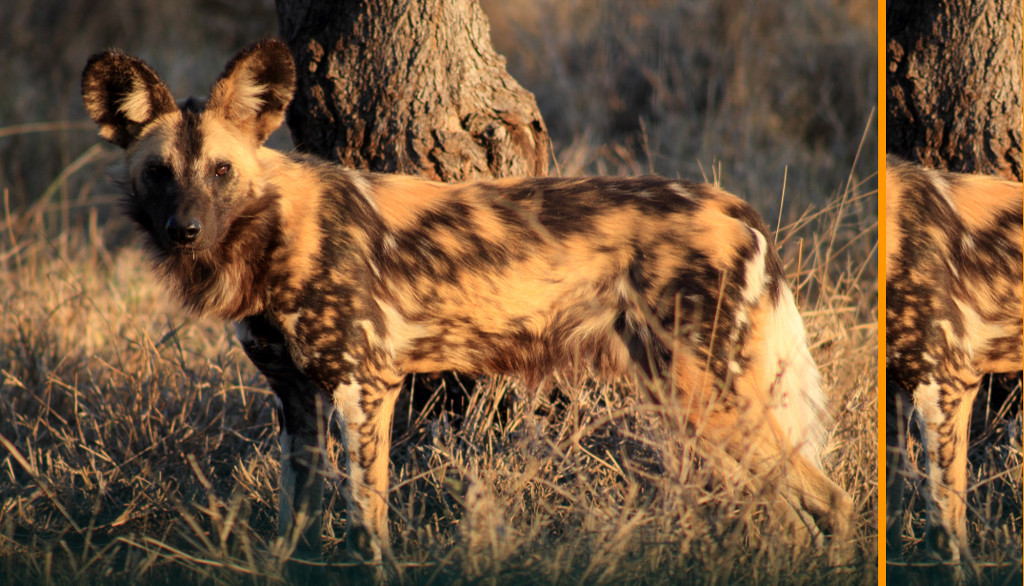An efficient way to keep track of individual predators is with the use of photo identification and the development of Wildlife Identity kits for each individual. All individuals have physically unique characteristics in some form or another. By taking a digital photo of the unique features we can identify the individual.

We can take these photos when we sight the animals or gather them using camera traps or from tourists or safari guides in the area. As soon as an individual can be identified there is a wealth of data that can be obtained from it, such as movement patterns, home range size, inter-species relationships and population estimates (gained from spatial data). To do this we need to better understand how to age, sex and identify individuals for each of our focal predators, which is where wildlife Identity Kits come into play.

A general rule for wildlife identification is that both sides of the individual (e.g.left/right flank, left/right face) are photographed when possible. This can take a few sightings of the individual to obtain, but once good quality photos exist in wildlife Identity Kits, the individual can always be recognised and identified.

Even though a Cheetah’s spots may never change, or an African Painted Dog’s coat may never alter, it is important to maintain an up-to-date identity kit for the reserve management. As an animal grows, they tend to “grow into their skin” thus a Cheetah cub will look a lot scruffier than its adult version, and an adult male Lion will have a much fuller mane than he did as a sub-adult. If an animal obtains an injury, this may alter their appearance, etc.
An immediate initial thought upon arriving at a sighting, should automatically be to obtain ID shots of the individuals present. This is where our conservation volunteers help play a major part.

Photographic Requirements to Keep in Mind
- Lighting
- Background
- Species specific
- Male/female specific
Tips for Taking Individual Wildlife Identification Photos:
When you are in the field, make sure that you know what area/part of the body is specifically used to identify the different species of predators and make sure you focus on this when taking photos.
It is important (especially with social predators) to be able to separate individuals when sorting out the photos later. To do this, we recommend that you select one individual and be sure to get all needed identification photos before moving on to another individual. Separate the individuals with a photo of your hand, piece of paper or the bushes. If more than one of you have a camera, organise among yourselves which individuals you are going to focus on.
Creating Wildlife Identity kits:
- ID Name
- Sex
- Date of birth (if known)
- Group ID (pack, pride, clan or group)
- Date last seen
- Collar type (if has a collar)
- Date collared (if has a collar)
- Collar frequency (if has a collar)
- Notes

